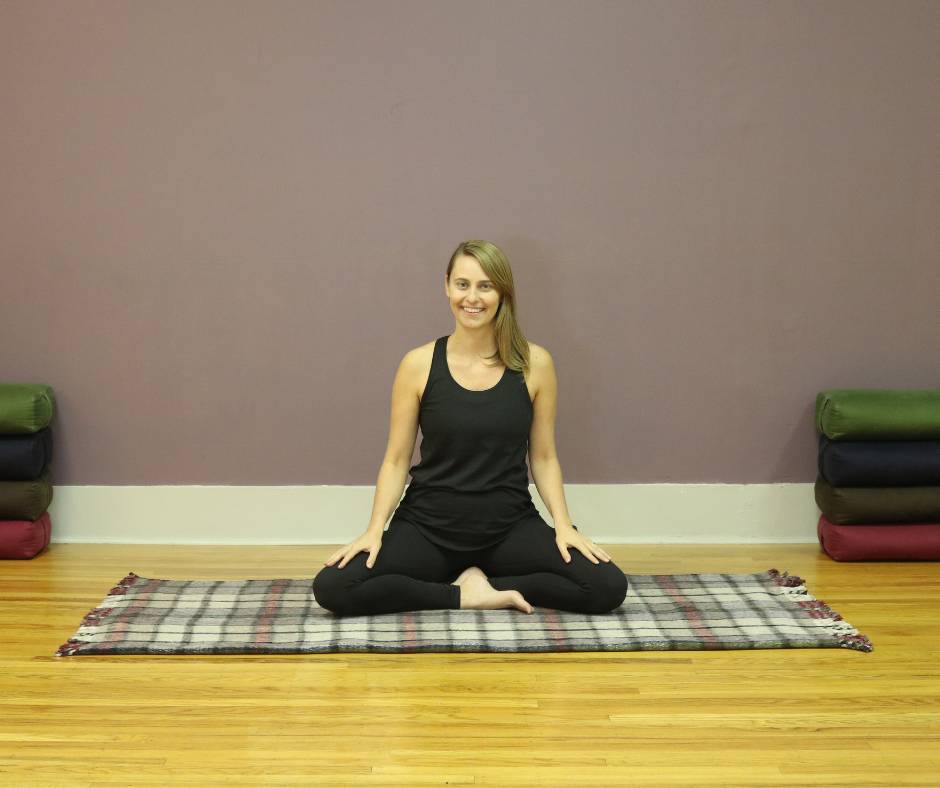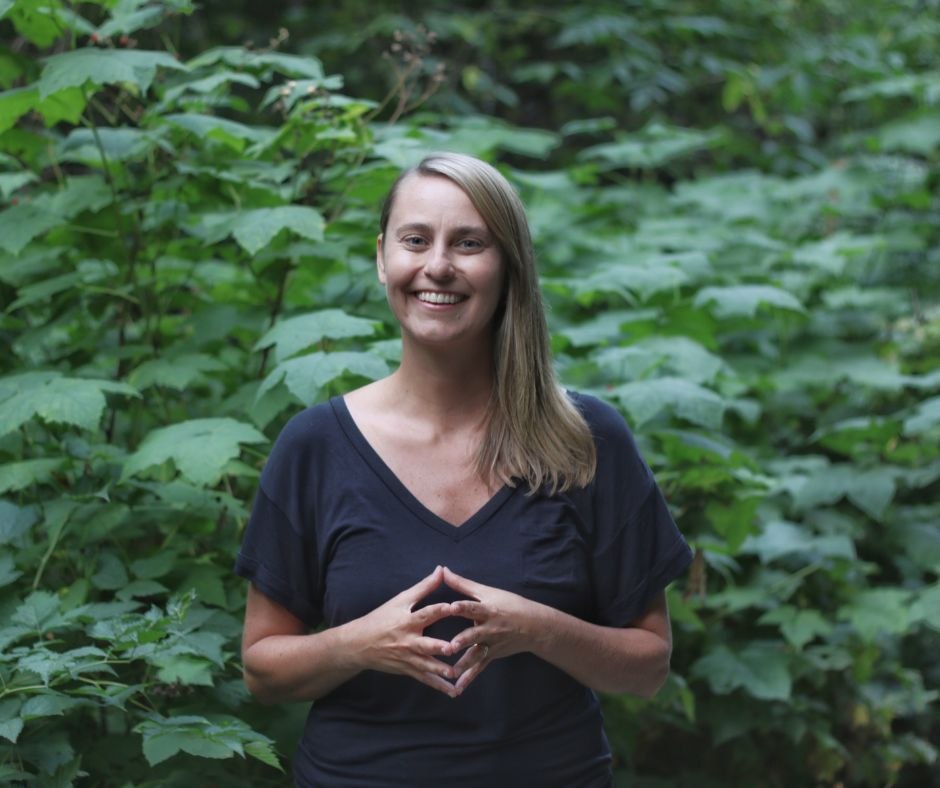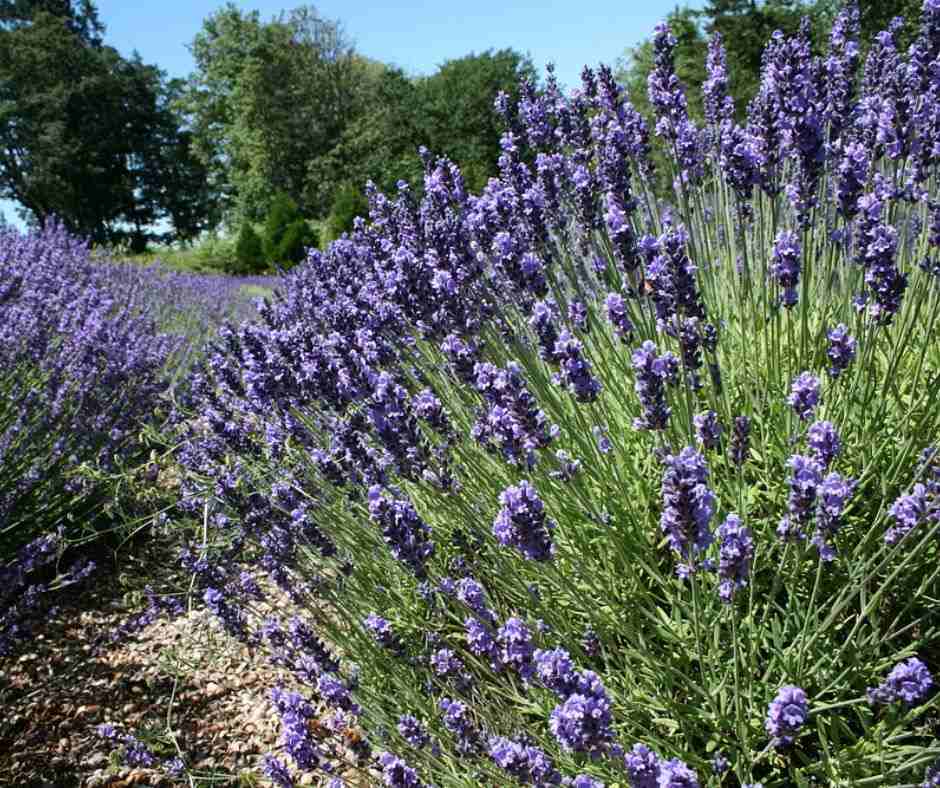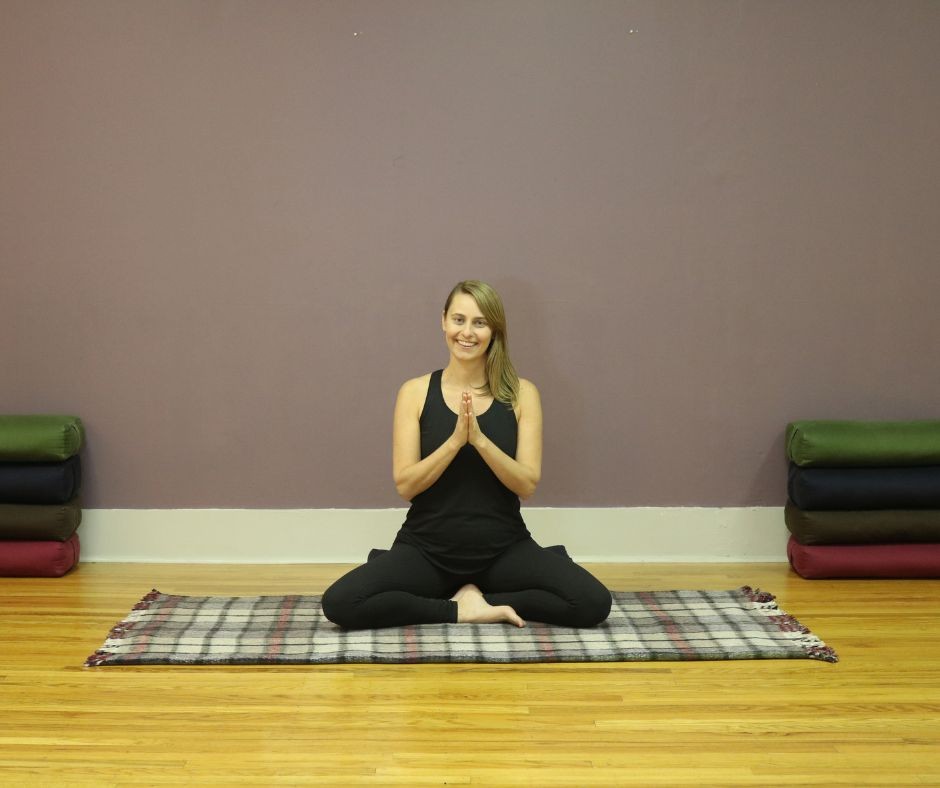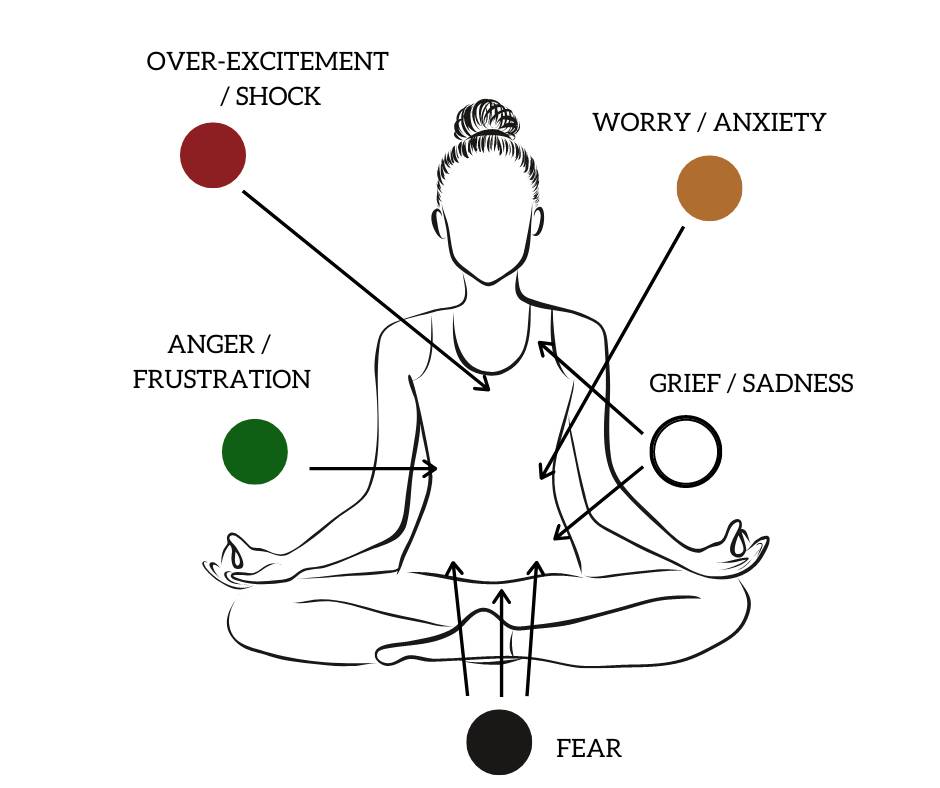In Chinese Medicine, the Pericardium and Triple Burner (San Jiao) are paired.
When looking at the organs through the lens of Chinese Medicine, it’s important to remember that Chinese Medicine is concerned with relationships, interactions, and functions more than physical location. So whenever the organs are discussed in Chinese Medicine, what’s usually being referred to is an array of functional relationships.
Each of the primary organs has a corresponding meridian, or energetic channel. The meridians are where Qi is said to flow. This Qi nourishes the body, and keeps the body in relative balance.
Physically, the pericardium is the outer protective layer around the heart which is a little left of centre in the chest.
The Triple Burner, also called the San Jiao or triple burner, is not a recognized organ in western anatomy. There is some dispute as to what the Chinese meant when they discussed the San Jiao, but it’s widely believed among Chinese physicians, that it refers to a relationship between organs, instead of being an organ on its own.
Energetically, the pericardium acts as a buffer to protect the heart physically and psychologically. It’s very closely connected to the Heart, so many indications and functions are similar. Learn about the Heart meridian here. The Heart is particularly important because it stores the Shen or “spirit” and it helps to regulate the mind.
Watch the video to learn about the location of the Pericardium and the Triple Burner meridians and some acupressure points you can use in your yin yoga or active yoga practice:
Location of the Pericardium Meridian:
- Starts on the chest lateral to the nipple
- An internal pathway enters the diaphragm and the upper, middle, and lower cavities
- The primary pathway descends the medial aspect of the arm to the elbow crease
- Descends down the middle portion of the palmer aspect of the forearm to the palm of the hand
- Ends at the middle finger
Location of the San Jiao (Triple Burner) Meridian:
- Starts at the ring finger and travels along the dorsal aspect of the hand to the centre of the dorsal wrist crease
- Ascends up the arm to the elbow then ascends up the lateral aspect of the upper arm to the shoulder,
- An internal pathway enters the chest and goes through the pericardium and the diaphragm. From there it travels down through the upper, middle and lower burners (cavities)
- The primary pathway continues from the neck where it circles the ear and ends at the outer side of the eye
Acupressure Points for Yoga
During your yoga practice some poses may compress these points and others will release the compression. You can also place gentle pressure on these points before, during or after your practice.
Pericardium 6 (SanYinJiao):
A good point to open the chest, regulate the heart and calm the mind. It can be used for emotional troubles and is most well known for its effect on the stomach in cases of nausea, and motion sickness.
LOCATION: On the centre of the inside of the wrist, two thumb widths up the arm away from the wrist crease.
San Jiao 5 (WaiGuan):
This point is used to dispel “wind” and “heat” if an external pathogen is causing symptoms. It also helps to activate the arm for pain and stagnation.
LOCATION: Two thumb widths from the wrist crease. In the center, on the dorsal side of the arm.

